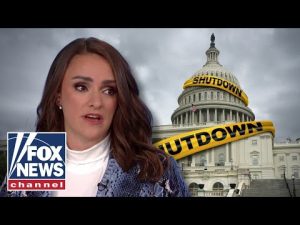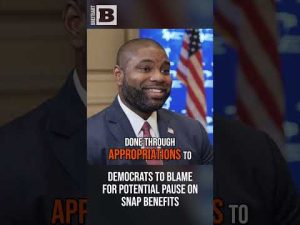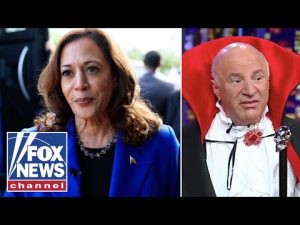The Federal Reserve quietly cut the federal funds rate by 25 basis points at its October 28–29 meeting, trimming the target range to roughly 3.75 to 4.00 percent — its second reduction of 2025 after a similar move in September. This isn’t just central-bank jargon; it’s a direct signal that the Fed thinks the economy is cooling and it’s willing to inject cheaper credit to prop things up.
Make no mistake: two small cuts in as many months will feel like a windfall for Wall Street traders and anyone with a big mortgage, but it’s a different story for the millions of Americans living paycheck to paycheck and the retirees who depend on interest income. Lower rates squeeze savers and retirees who relied on reasonable yields to keep food on the table, while investors celebrate headline rallies that don’t trickle down to Main Street.
The Federal Reserve openly admitted it was making this decision without the full set of government data because of a prolonged federal shutdown that has furloughed Bureau of Labor Statistics workers and delayed key economic reports. That kind of uncertainty should make any policymaker pause, yet the Fed moved anyway — a choice that reveals how comfortable unelected central planners have become deciding our fortunes in the dark.
If you think the Fed’s balance-sheet tinkering is just technocratic housekeeping, think again: the central bank also announced it will stop shrinking its securities holdings starting December 1, effectively stepping back from quantitative tightening and keeping even more liquidity in the system. That means more fuel for asset-price inflation and another reason to worry about bubbles that explode when the music stops.
The Fed trots out its dual mandate — stable prices and maximum employment — but these repeated, reactive tweaks show an institution chasing headlines and markets instead of protecting American families. Inflation remains stubborn in many categories, the labor market is softening, and the Fed’s small cuts are unlikely to fix structural problems caused by reckless fiscal policy and overregulation.
Conservatives should be furious that unelected technocrats are effectively subsidizing risk-taking after a decade of poor policy choices. When the cost of borrowing is kept artificially low, it rewards speculative behavior, punishes savers, and hands advantages to connected insiders while ordinary Americans pay the bill through higher rents, higher prices, and diminished retirement security.
We need accountability: Congress must demand clear explanations, stop enabling endless fiscal irresponsibility, and restore common-sense monetary stewardship that protects savers, encourages real economic productivity, and defends the dollar. Hardworking Americans deserve policies that prioritize real wages and durable prosperity, not short-term market cheers engineered by a central bank under political pressure.







